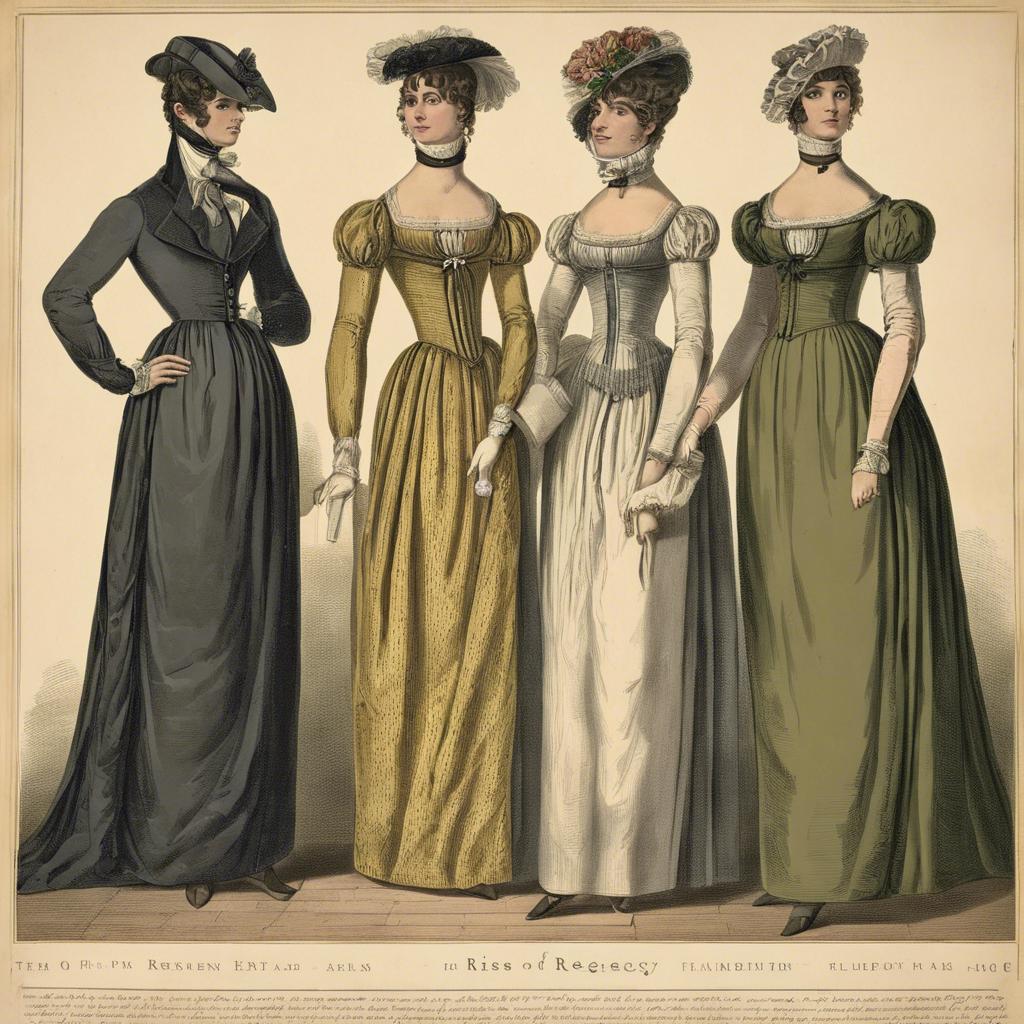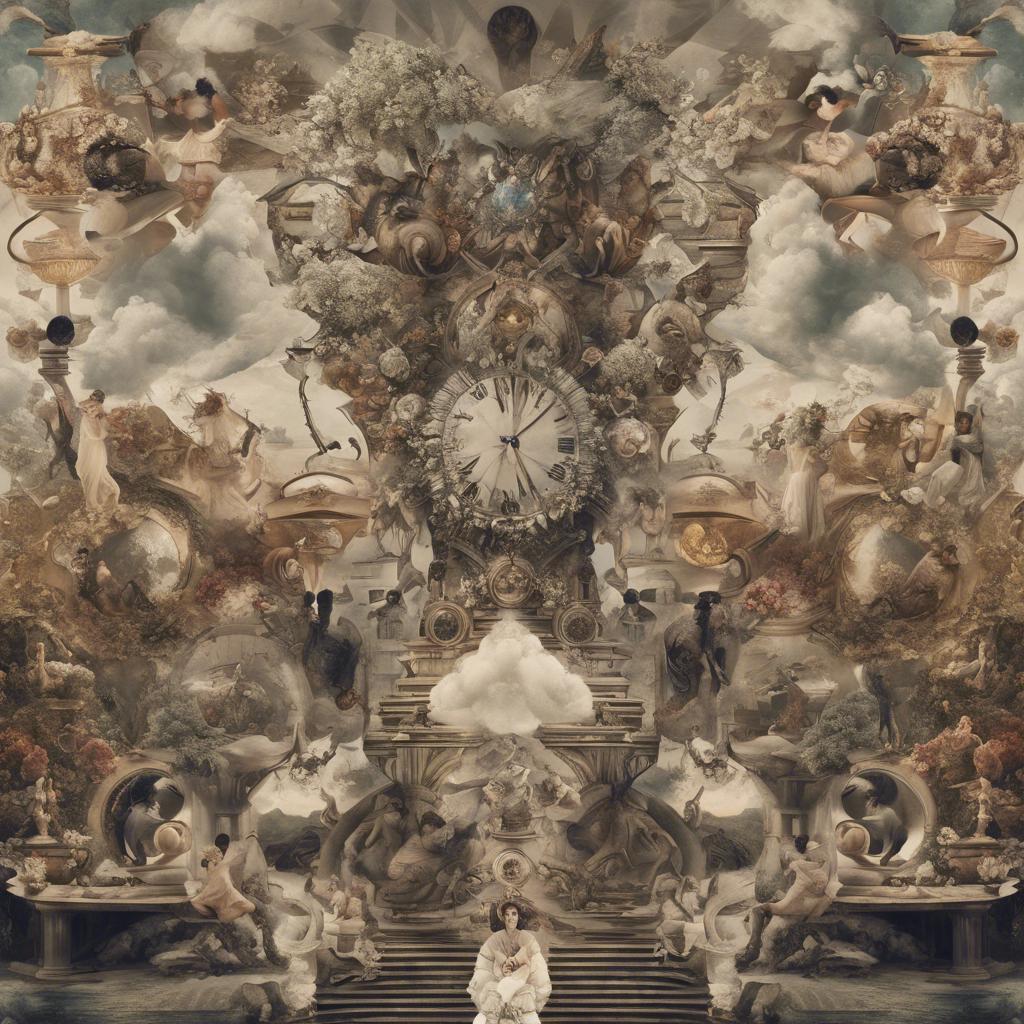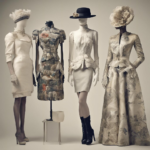The Regency era, spanning from 1811 to 1820, marks a pivotal period in British history characterized by political upheaval, cultural flourishing, and social change. As Prince George, the Prince of Wales, assumed the role of Regent during his father King George III’s illness, the era became synonymous with elegance, opulence, and refined manners. This article delves into the key aspects of the Regency era, exploring its impact on society, politics, and the arts.
Step Into the World of Cheryl Bolen
Dive into the enchanting stories of love, intrigue, and elegance set in the Regency Era. Cheryl Bolen's novels offer timeless romance and captivating tales that will leave you wanting more.
Explore Cheryl Bolen's Books Now
The Rise of Regency Era Fashion: An Overview of Clothing Trends and Styles
In the early 19th century, the Regency era brought about a significant shift in fashion trends and styles. Women’s clothing during this period was characterized by high waistlines, flowing fabrics, and empire silhouettes. The popular “Empire style” featured softly draped gowns with a focus on the natural waistline, often adorned with delicate embellishments such as lace, ribbons, and floral accents.
Men’s fashion in the Regency era was characterized by tailored suits with fitted jackets, high collars, and long trousers. The “dandy” style became popular among fashionable men, with a focus on clean lines, tailored fits, and attention to detail. Accessories such as top hats, cravats, and walking sticks completed the polished look of a Regency gentleman.
The Regency era also saw a rise in the popularity of certain fabrics and patterns. Lightweight muslin and silk were favored for women’s gowns, while men often wore wool or linen suits. Pastel colors, delicate florals, and intricate embroidery were commonly seen in clothing and accessories during this elegant and refined period. Fashion in the Regency era reflected the social and cultural changes of the time, with an emphasis on elegance, simplicity, and grace.
Elegance and Etiquette: Navigating Social Norms and Expectations in Regency Society
In the Regency era, social norms and expectations played a crucial role in determining one’s status and reputation. Elegance and etiquette were highly valued, serving as markers of refinement and sophistication. From the elaborate balls to the formal dinners, every aspect of Regency society was governed by a strict code of conduct.
Whether attending a soirée or a high society gathering, it was essential to abide by the rules of decorum. Politeness and grace were paramount, with proper behavior considered a reflection of one’s breeding and upbringing. Some key points to keep in mind:
- Always address people with the appropriate titles and honorifics.
- Follow the proper protocol for introductions and greetings.
- Maintain good posture and avoid any form of vulgarity.
| Regency Etiquette Tips | |
|---|---|
| 1. RSVP promptly to invitations. | Be respectful of the host’s efforts. |
| 2. Dress elegantly in the latest fashion. | Ensure your attire is appropriate for the occasion. |
navigating the social landscape of Regency society required finesse and attention to detail. By adhering to the established norms and expectations, individuals could navigate the complexities of the era with poise and grace.
Exploring Regency Literature: From Austen to Byron, Must-Read Works of the Period
During the Regency era, a period lasting from 1811 to 1820, some of the most iconic works of literature were produced. From the witty social commentary of Jane Austen to the romantic poetry of Lord Byron, this period marked a significant shift in literary styles and themes.
Key Authors:
- Jane Austen
- Lord Byron
- Percy Bysshe Shelley
- Mary Shelley
- John Keats
Must-Read Works:
- Pride and Prejudice by Jane Austen
- Don Juan by Lord Byron
- Frankenstein by Mary Shelley
- Ode to a Nightingale by John Keats
Unveiling Regency Architecture: Grand Estates, Townhouses, and the Influence of the Periods Design Aesthetic
Regency architecture is characterized by its grand estates and townhouses, showcasing the design aesthetic of the period. These architectural wonders were built during the Regency era, which lasted roughly from 1811 to 1820 in Britain. Influenced by classical architecture and the work of renowned architects such as John Nash and James Wyatt, Regency buildings are known for their symmetrical facades, stucco finishes, and elegant proportions.
During the Regency era, the architectural style reflected the tastes and trends of the time. Grand estates were often built in the picturesque or neoclassical style, incorporating elements such as columns, pediments, and porticos. Townhouses in urban areas featured elegant wrought-iron balconies, sash windows, and ornate cornices. The Regency period also saw a revival of interest in ancient Greek and Roman design, leading to a resurgence of classical motifs in architecture.
Regency architecture has left a lasting legacy, with many grand estates and townhouses still standing today as a testament to the period’s design aesthetic. These architectural gems continue to inspire architects and designers, showcasing the elegance and sophistication of the Regency era. Whether exploring a stately home or wandering the streets of a historic town, the influence of Regency architecture is undeniable, capturing the essence of a bygone era.
Key Takeaways
the Regency era was a transformative period in British history, marked by innovation, elegance, and cultural upheaval. From the dashing fashions of high society to the political reforms that shaped the modern nation, the Regency era left an indelible mark on the collective memory of the British people. Though it was a time of both great social change and lingering cultural conservatism, the legacy of the Regency era lives on in the architecture, literature, and traditions that continue to define the United Kingdom today. As we look back on this pivotal period in history, we are reminded of the enduring power of human creativity, resilience, and adaptability in the face of challenging times.


